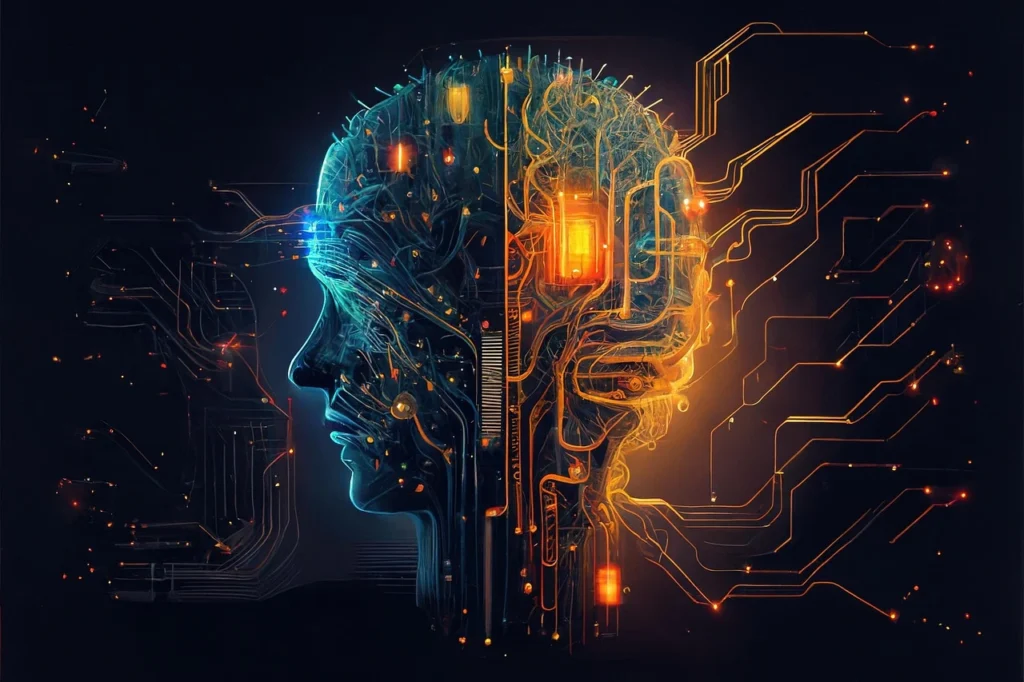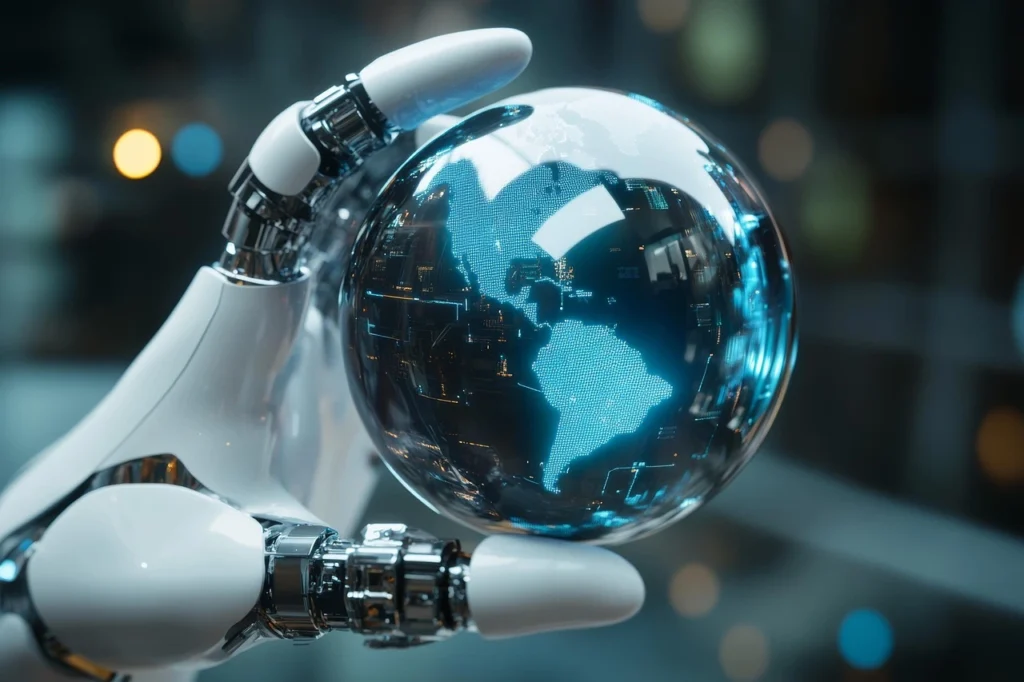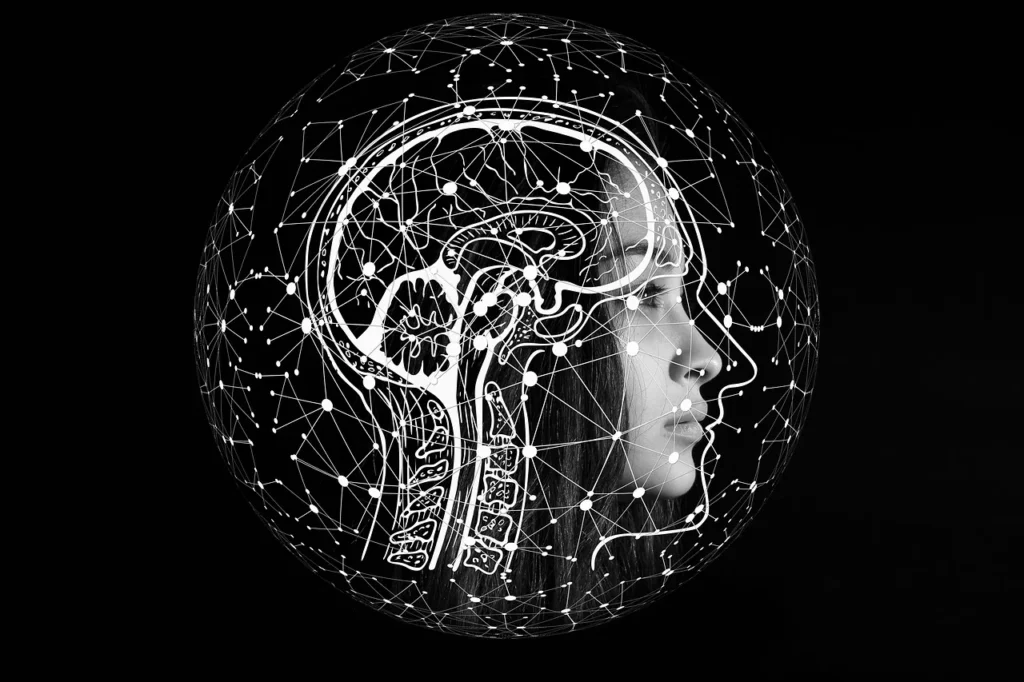Artificial Intelligence is often celebrated for its best use cases and countless benefits. However, alongside these advantages, there are significant drawbacks and darker sides of AI that many rarely talk about. In this article, we’ll uncover and discuss those hidden concerns
Artificial Intelligence (AI) has become the force that defines our era. In medicine, finance, transport, and entertainment, AI is transforming the way we work, live, and even think. From the introduction of applications like ChatGPT, self-driving cars, prediction models, and automation, society is being remodeled at record speeds.
But while the world celebrates AI’s benefits, efficiency, innovation, convenience, and profitability, there’s another side that rarely gets the same spotlight. A side filled with ethical dilemmas, risks, and consequences that could have far-reaching implications for humanity. This is the dark side of AI no one is truly talking about.
The Hidden Bias in “Unbiased” Machines
AI is frequently marketed to us as prejudice-free, untainted by the biases that humans bring. In fact, however, AI systems learn from huge datasets provided by humans. Such datasets tend to have racial, gender, cultural, and economic biases.
- Tools used for hiring have been shown to discriminate against women due to historical company data for preferring male applicants.
- Facial recognition is more prone to errors when the person is darker-skinned, and has resulted in wrongful arrest in certain instances.
- Medical AI is prone to underrating risks for minority patients because the training data heavily weights specific demographics.
The irony? Instead of eliminating bias, AI may in fact, worsen it at scale, whispering prejudices that are all the harder to combat.
Job Loss and the “Silent Unemployment Crisis”
It’s largely about prospective automation: factory laborers replaced with machines or autonomous trucks to replace drivers. But the transformation is already in progress in more discreet ways.
- Customer support jobs are being quietly replaced by chatbots.
- Newsrooms and creative industries are outsourcing first drafts to AI tools.
- Even computer programmers, once thought to be indispensable, now employ AI coding assistants that reduce the need for junior roles.
This creates stealth unemployment. Employees aren’t laid off directly; instead, they’re gradually phased out as “cost-inefficient.” The danger? Millions can become unemployable, not because they lack skills, but because machines can do it cheaper and faster.
AI and the Dilation of Human Creativity
Art, music, and writing created by AI are breathtaking, but they leave a nagging question: what happens when machines start deciding what’s creative?
If everything on Instagram, every campaign, or even novels can be created programmatically, then human imagination gets drowned in a sea of robotic creativity. It’s not just about jobs about meaning. If a poem, a work of art, or a melody can be created by the press of a button, does it elicit the same emotional impact? We may become a time when originality is devalued and the human touch optional.

Surveillance State Powered by AI
Governments and institutions are increasingly using AI to monitor, track, and guide populations.
- In many countries, social credit systems reliant on AI already monitor citizens’ behavior and reward or punish them accordingly.
- Predictive policing software uses algorithms to forecast where crimes are “likely” to happen, but often continue to reinforce system-wide disparities.
- Massive face databases are often being built secretly.
With AI surveillance, the right to privacy could become a relic of the past. The scariest part? Most people don’t even realize they’re being watched, profiled, or influenced.
The Environmental Cost of AI
AI is not just “virtual” or “clean.” Big AI models require tremendous amounts of energy to train. For example, training a single large language model can consume as much electricity as a few hundred U.S. homes use in a year.
Add to that the air conditioning systems for behemoth data centers, hardware mining of rare earth materials, and the carbon footprint goes through the roof. AI may be spoken of as futuristic and efficient, but it’s accelerating environmental decay behind closed doors.
The Psychological Manipulation of Society
AI doesn’t just respond to us it conditions us. Algorithmic suggestions on platforms like YouTube, TikTok, and Instagram are designed to maximize engagement, not happiness. These lead to echo chambers, addiction, and polarization.
Even worse, AI-driven propaganda threatens to sway elections, spread disinformation, and destabilize societies. Deepfake technology makes it almost impossible to distinguish fact from fiction, eroding trust in media, leaders, and even personal relationships.
The Risk of Losing Control
Perhaps the most disconcerting question is one of control. As AI models become ever more advanced, their developers don’t even realize all of the methods by which they operate. Neural networks are frequently “black boxes,” making choices that cannot be easily explained.
If we don’t know how an AI comes to its judgments, then how can we trust it in crisis conditions like medical diagnoses, military tactics, or stock market decisions? The fear of AIs running amok isn’t from science fiction. It’s an existing threat.

Moral Responsibility in the Age of AI
If an AI goes wrong a robot automobile kills somebody in a crash then who is to blame? The programmer? The company? The machine? AI blurs accountability lines. In the absence of proven moral and legal bases, society is on the brink of a moral middle ground where responsibility is constantly deferred but never accepted.
Why do We Need to Discuss This Now?
The dark side of AI is not robots overrunning the globe or the apocalypse, but rather the insidious, systemic changes that are already occurring around us. From unconscious biases to job displacement, surveillance, and manipulation, the dangers of AI are not in some distant future but in the present.
What makes it so dangerous is silence. By not talking about these points out in the open, we allow them to pile up unchecked. AI is a tool neither evil nor evil, but rather something we opt to use for good or ill. We need to decide what we wish to do with it. The time has come for policymakers, companies, and ordinary citizens to pose hard questions, demand clarity, and shape AI into a form that can serve humanity, not destroy it.
Because if we don’t take on the dark side now, it may indeed become too late.
Read Related Blogs
The Future of Work: The Impact of AI and Automation on Jobs
Chat GPT 5 is Here: OpenAI Unveils Its Most Advanced AI Model So Far

vegan thc chocolates for ethical and plant based enjoyment